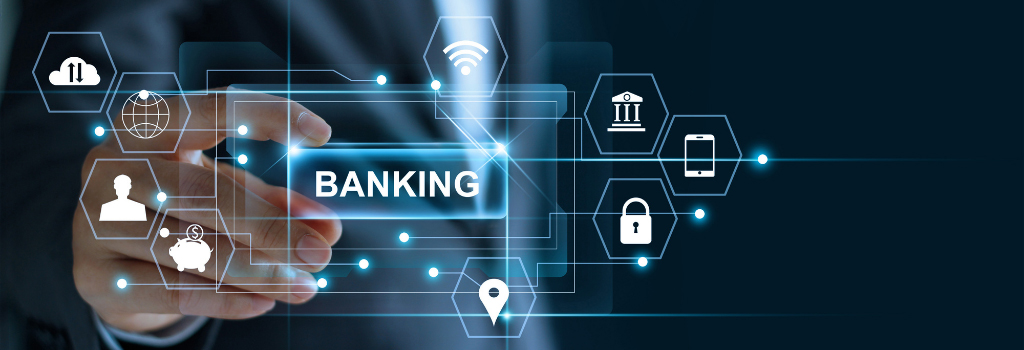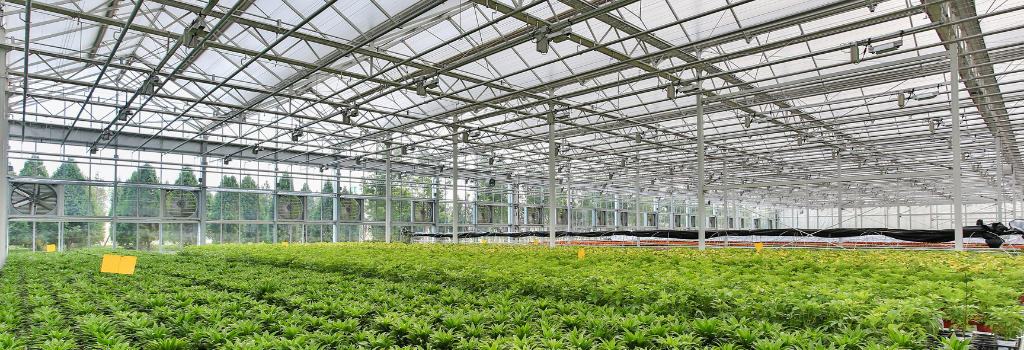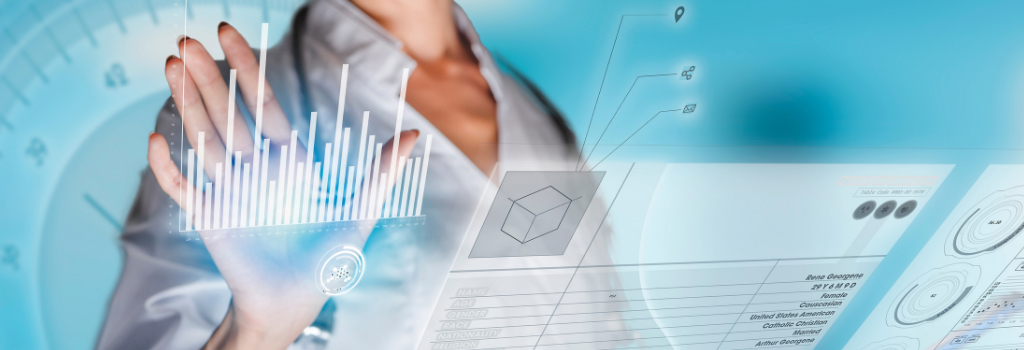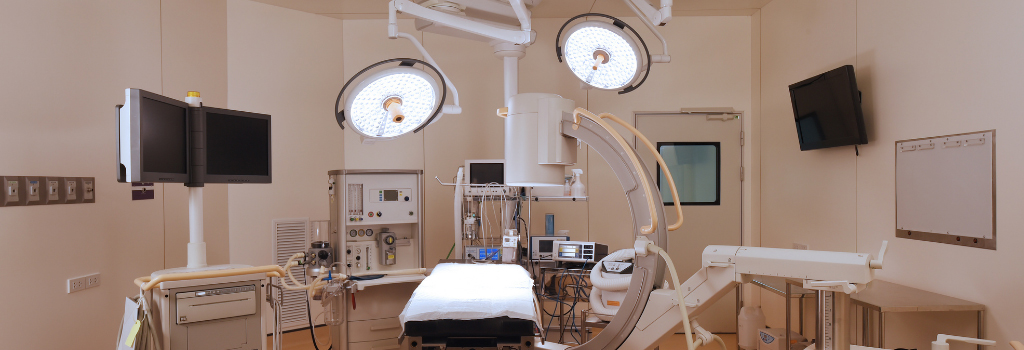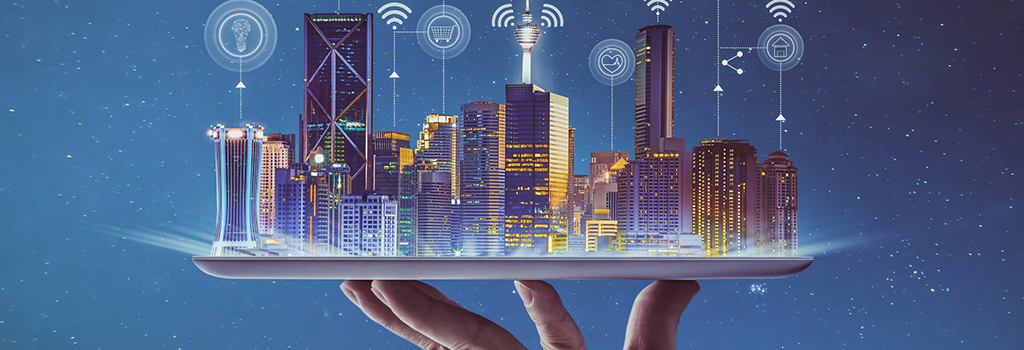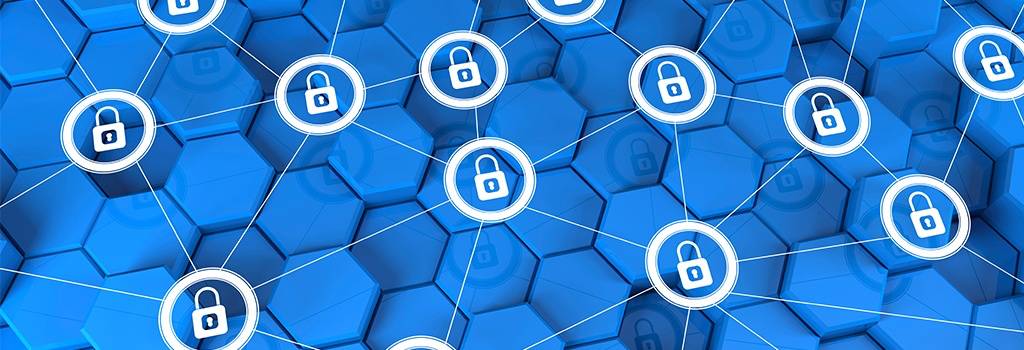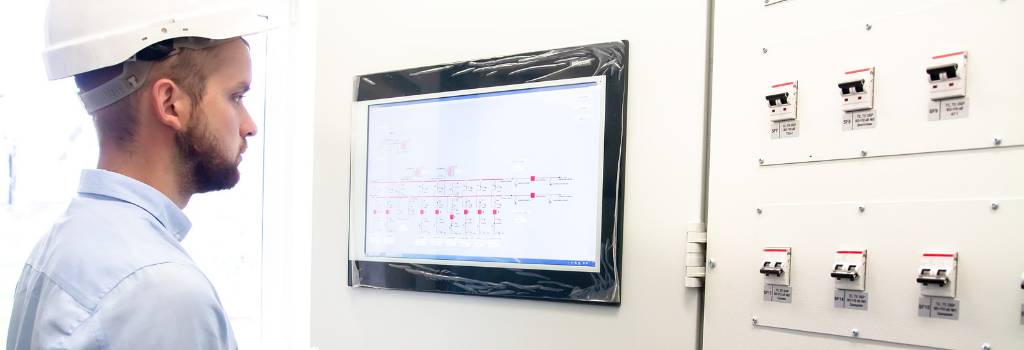- Информация о материале
- Категория: SD-WAN
The finance industry has always had a fairly tech-forward mindset, and financial institutions have become more aware of the need to adapt to digital transformation. A growing number of retail banks and other financial organizations have begun using the technology to hedge the move to cloud solutions to implement new digital services and develop more customer-centric services.
- Информация о материале
- Категория: Intelligent Systems
Creating and controlling microclimates inside greenhouses for sensitive plants such as orchids, exotic fruits, and mushrooms can be pretty challenging. Although there are some monitoring and controlling systems, such as SCADA, that can control environments for such sensitive plants; these systems have limitations when it comes to connectivity and interoperability.
Подробнее: Greenhouse Intelligent Monitoring and Control Solution
- Информация о материале
- Категория: Intelligent Systems
The Internet of Things (IoT) is a vital component for a Remote Patient Monitoring (RPM) solution. An IoT-based RPM system improves patients’ health-related outcomes and helps them reduce expenses. It also allows doctors to optimize patient care and diagnosis efficiency. Doctors can remotely monitor patients in acute conditions on an ongoing basis and immediately attend to patients in distant locations.
Подробнее: Remote Health Monitoring with Intelligent Edge Gateway
- Информация о материале
- Категория: Network Computing
One of the biggest responsibilities of healthcare professionals is ensuring their patients are in top optimal health conditions at all times. Such responsibility entails healthcare professionals accessing a patient's sensitive data, such as historical health or ongoing treatments. But, according to health regulations like HIPAA, health information must be electronically protected at all costs.
Подробнее: VPN Gateway for Medical Devices in the Health Clinics
- Информация о материале
- Категория: Intelligent Systems
Intelligent Transportation System, and smart traffic management systems are an indispensable component in developing Smart Cities. In any city, mobility is a key concern, and not just limited to traffic congestion control and information, but also road safety and efficient infrastructure usage. These technology solutions prepare Smart Cities for coming technology evolutions, including Connected Autonomous vehicles (CAVs) and full deployment of 5G networks.
Подробнее: Outdoor Edge Appliance Enables 5G, Wi-Fi, and AI Smart City Connectivity
- Информация о материале
- Категория: Network Computing
Organization began moving in droves to the Zero Trust security model in 2019, implementing a “never trust, always verify and enforce least privilege” approach to internal and external network access. This approach enforces the mandate that traffic inside the perimeter deserves no more trust than traffic outside; all traffic should be inspected and logged and all access requests should be verified, authenticated and validated on a need-to-know basis.
Подробнее: NCA-5710: Enabling Intent-Based Industrial Intelligent IPS
- Информация о материале
- Категория: Power and Energy
Ransomware is the new omnipresent cybersecurity threat to manufacturing – all security attacks that took down automation operations since 2020 were targeted ransomware. Ransomware is a threat to manufacturers as it can halt production and disrupt day-to-day operations. With the digital transformation of the manufacturing process, cyber risk management and cyber risks are constantly changing as threat landscapes and attack surfaces expand, requiring security visibility into all IT, OT, and IoT systems across all facilities.
Подробнее: Edge Appliances Strengthen IT/OT Cyber Security and Operational Resilience






